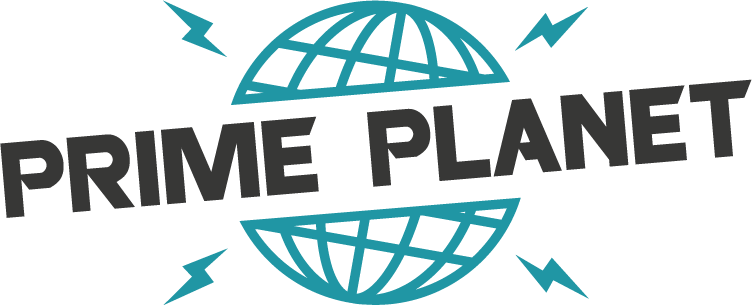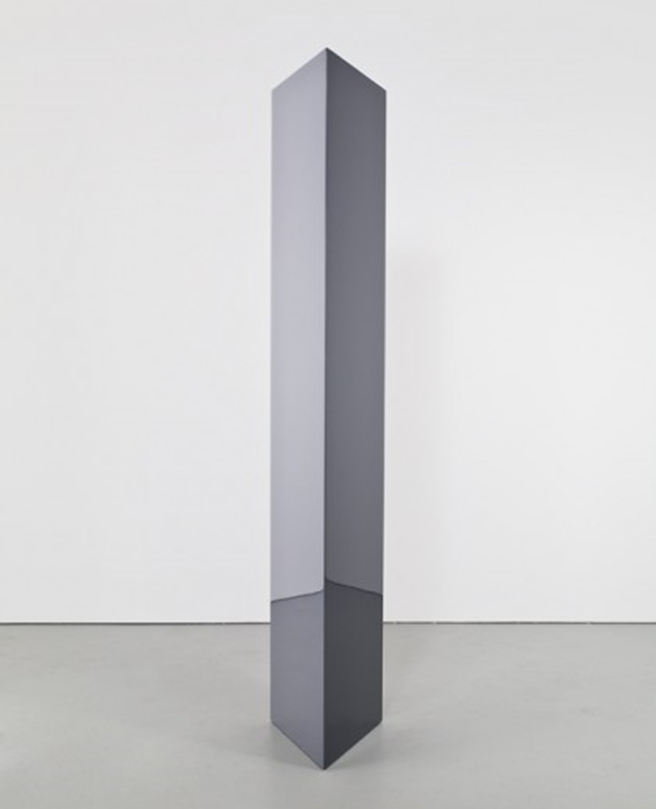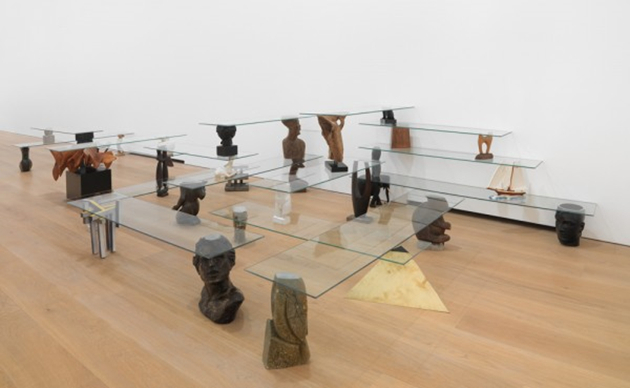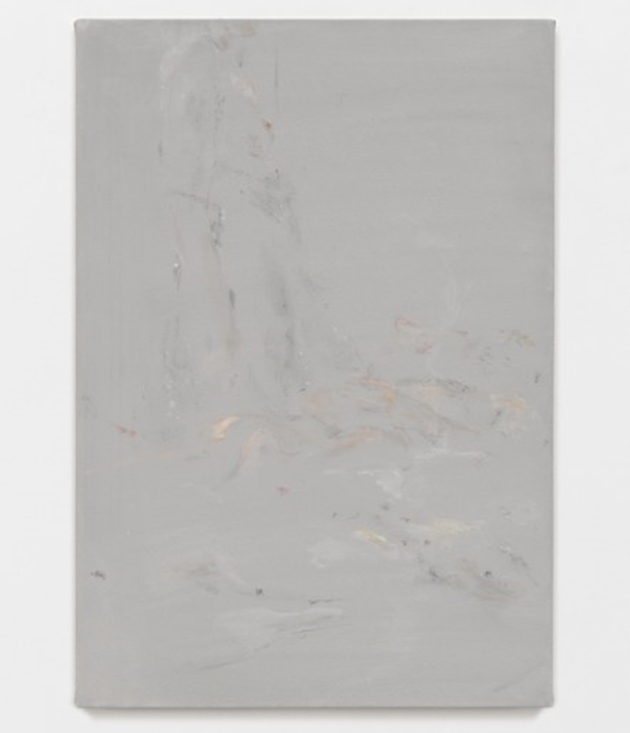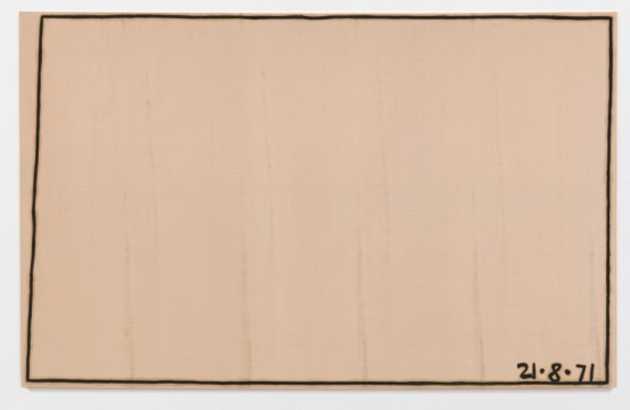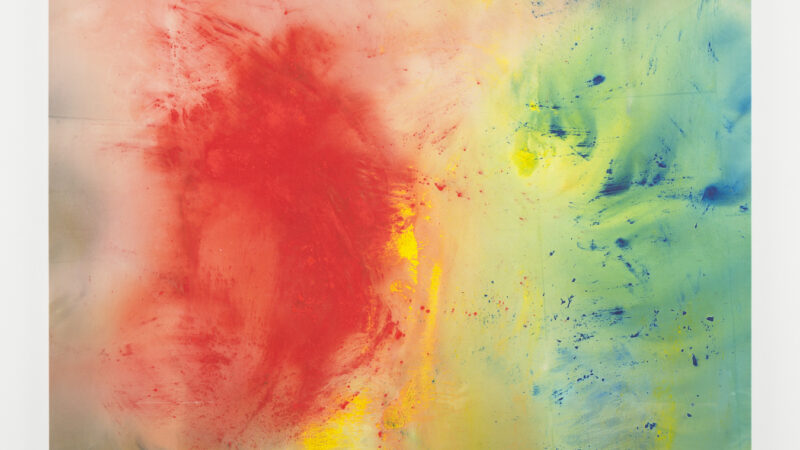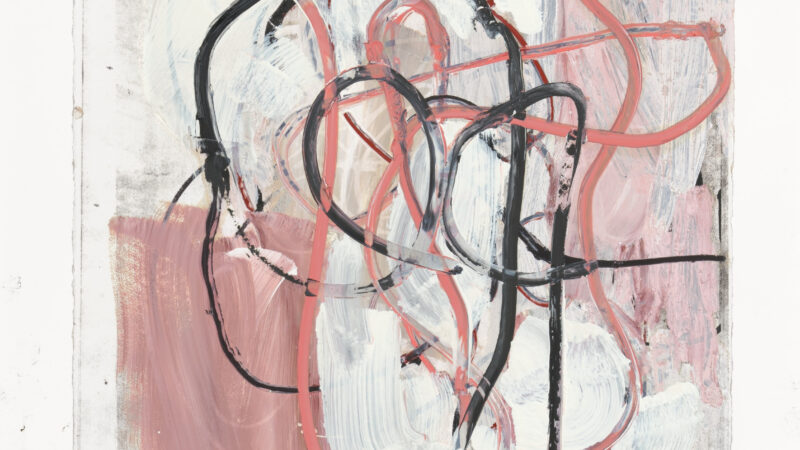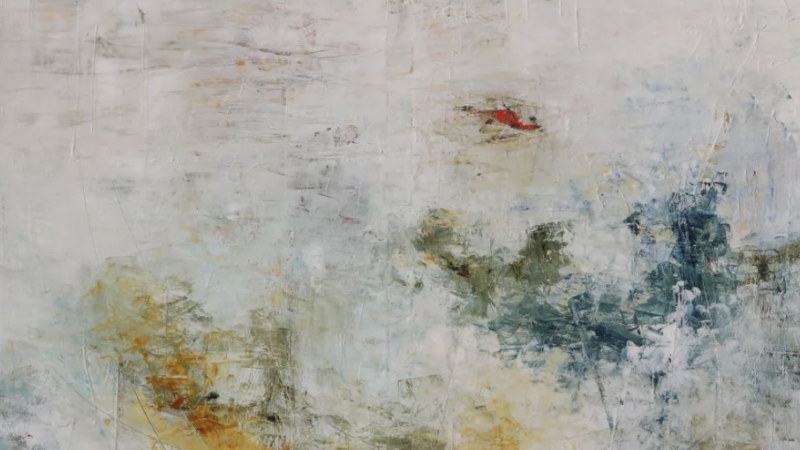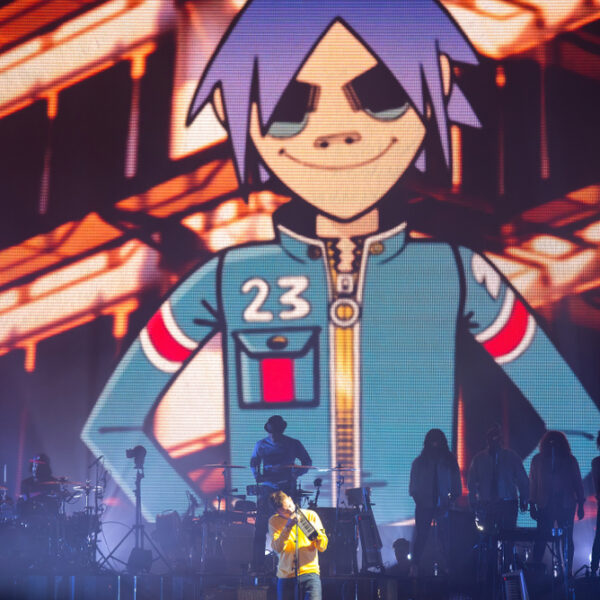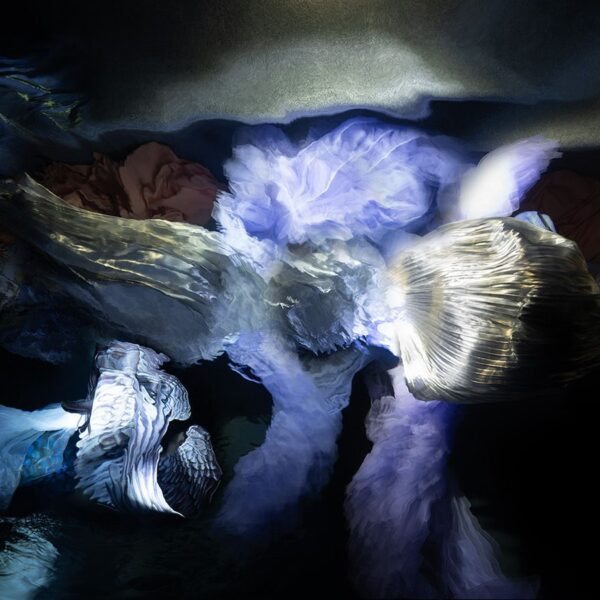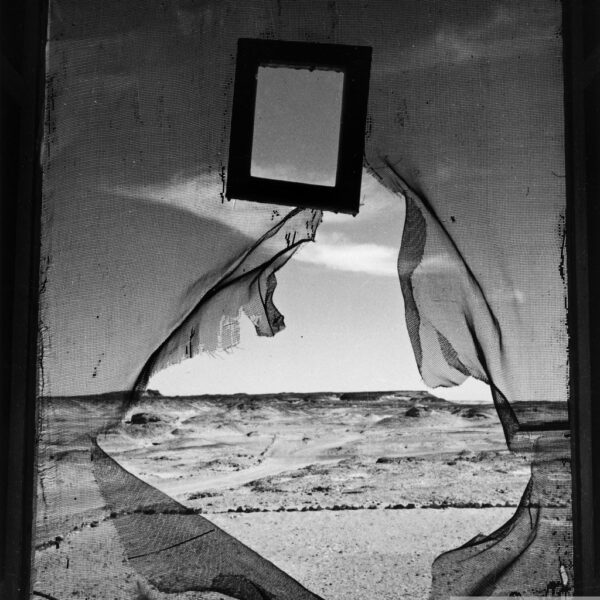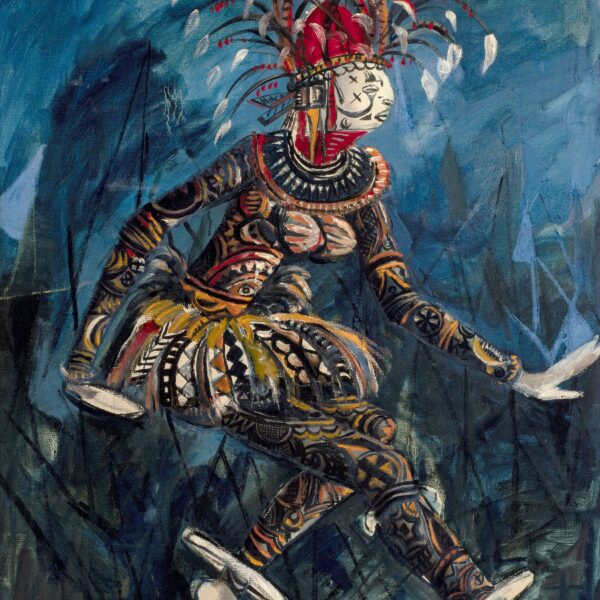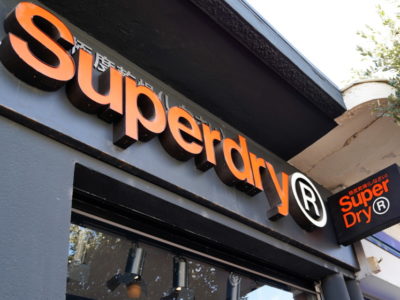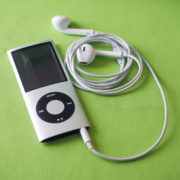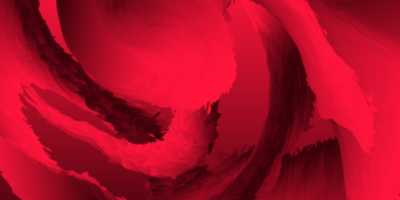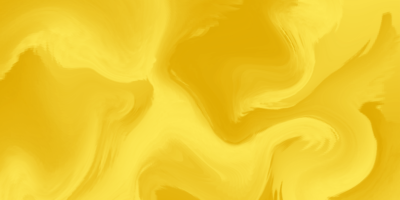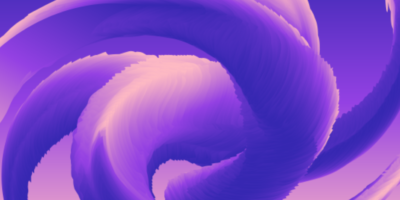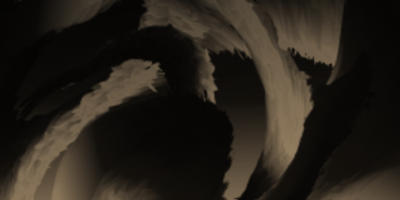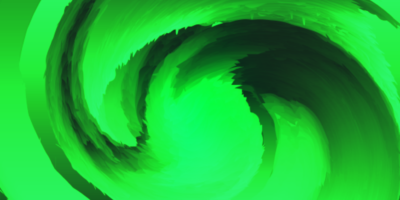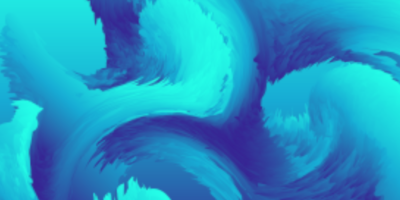‘Reading the Surface’ at David Zwirner
To coincide with the exhibition of works by Donald Judd, London’s David Zwirner has also installed a group exhibition in their upper room. Supplementing Judd’s exhibition, the selected works mirror his approach to art – an approach that, primarily, dismisses the conventional interpretation of an object’s validity according to its philosophical ideas. Instead, the works of Nina Beier, Ryan Gander, John McCracken, Maaike Schoorel, George Henry Longly and Bob Law explore similarly minimalist ideas of neutrality and materiality.
McCracken’s arresting column (above) will probably be the first thing you notice when you step into the room. A tall, bold, monochrome black, the column suggests the complete reduction and abstraction of nature. Condensing the direct experience of being in and of the world into a three-dimensional structure, the essence of nature and life have been crystalized in a mysterious object that evokes a vast awareness and deeper understanding of something equally inexplicable.
Nina Beier’s ‘Shelving for Unlocked Matter and Open Problems’ (above) is positioned in the other corner of the room. Glass boards are arranged in a grid-like, angular structure atop marble, porcelain, and stone sculptures, resulting in platforms that depict both stability and fragility. Each sculpture has been modified in some way to support the glass planks, either by smoothing or the complete removal of the top of each to create a flat surface. The ‘slicing off’ inevitably leaves the structure of each sculpture exposed – some are hollow, others merely beheaded having been carved directly into the material – suggests a further ‘reading’ of the installation itself.
London based artist Maaike Schoorel’s ambient paintings (above) are inspired by photographs. At first, they appear to be placid, monochrome canvases with no more than occasional subtle changes in tone. But the exploration of traditional landscapes, portraiture and still-life is married to non-representation. Schoorel reduces form and shape into a colour – often pale – that better portrays a thought or feeling. Looking harder at each canvas, the invisible becomes the visible. Stains of blue, yellow, purple, and green reveal themselves through the neutral base of the canvas, creating tender exposures of life. Like shadows, these figurative motifs are a fixed part of the objects they represent.
Inspired by Mark Rothko and Barnett Newman, Bob Law (above) is best known for his series of ‘black’ paintings of the 1960s. In this exhibition, one of his similarly renowned marker-on-canvas works hangs beside McCracken’s column. Law’s distillation of figurative elements – trees, houses, buildings – led to a bold canvas perimeter that bordered an absent core. This highly reduced representation of the entire world around and within the space it occupies emphasises the relationship between absence and presence, being and emptiness.
The contrast between column and painting, simplicity and detailed installation, creates a stimulating exhibition. Each piece – in a subtle, unexpected way – approaches deeper reflection, without ever directly referencing other forms and themes. Viewers are free to ‘read the surface’ as the objects, and take them – as Judd would have suggested – for what they are. But they are equally free to read beyond that, as each artist’s minimalist but thematic approach encourages further exploration.
(All images from www.davidzwirner.com)
